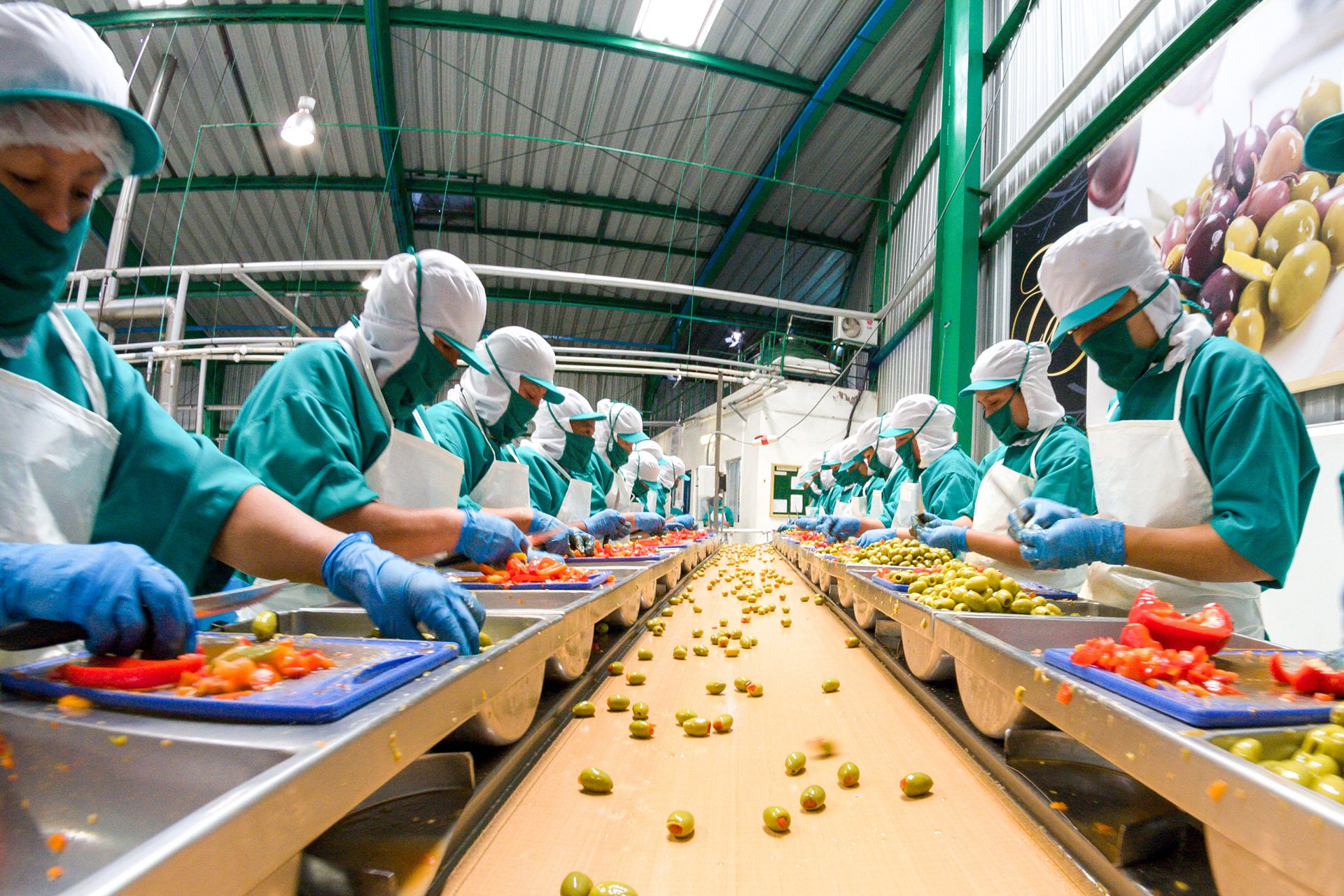Despite the increasing legislation surrounding food safety and increased awareness regarding food management, recalls still are a major issue within the food industry.
Whether a recall is triggered through an accidental or deliberate act, the impact on a business financially, and reputation and confidence-wise, can be extremely damaging. In exceptional circumstances, they can even result in a permanent blemish against a company.
So, what steps can be taken to address the potential issues? Put simply, you need to focus on prevention activities, and these activities need to take place throughout the entire supply chain for them to be fully effective.
1. Know your risks
Having a ‘scatter gun’ approach to controls can involve large costs and not necessarily target the rights areas. The start point has to involve a risk or vulnerability assessment across the business to identify areas where accidental or deliberate contamination could occur and where the impact is greatest by considering the likelihood of a risk occurring versus the consequences.
In doing this, you can map your business and identify where subsequent actions can be targeted and justified.
2. Become a control freak
Controls are key to prevention. Implementing suitable internal controls will remove or reduce risks, including segregation controls for both storage and handling, cleaning regimes, line changeover management, and allergen management.
These all need to be created, clearly communicated and managed to ensure they’re followed correctly. Records should be kept to validate that the necessary steps are taken to ensure controls are in place.

3. Test, test and test again
It’s important for testing processes to check that products meet the required parameters to ensure the desired finished product quality standards are satisfied. These need to be assigned and the relevant approach taken based on the risk assessment created at the start.
Effective testing approaches should:
- Be simple to follow
- Have clear accountability
- Be consistently applied to ensure ongoing compliance
In addition, the frequency of calibration of any equipment used needs to ensure what is being measured is correct. Those businesses that may operate close to key limits run the risk of not meeting the required process if the accuracy of the measuring equipment is not where it should be. This needs to be checked often enough to ensure this doesn’t happen.
4. Detect and isolate
Effective segmentation needs to be introduced particularly alongside detection to ensure that non-conforming products do not get mixed with good products, and any known contaminants don’t accidentally enter the supply chain.
Labelling is critical when it comes to communicating contents within food products but only works if it’s backed up by a segmentation approach that ensures those content details are accurate.
5. Be proactive
Develop proactive controls to support visual and mechanical inspections of key equipment rather than relying on retrospective one-time audits or detection of faults. This avoids identifying an event after it has happened and can result in potential defective products having been produced already which then have to be managed.
The wider apart these audits or fault detection are, the larger the potential batch of poor-quality products.
6. Show me the documents!!!
With the implementation of improved processes and approaches through the supply chain, the capturing of relevant documentation becomes critical when it comes to validating the checks and controls are in place.
This should include documents such as supplier certification, internal test procedures and results, and labelling across the entire supply chain cycle. These documents need to be accessed quickly to enable easily validation.

Further learning: If you'd like to find out more about the repercussions of product recalls and the importance of robust controls and contingency plans, check out this on-demand webinar.
How technology can play its part
There are numerous real-life examples of where recalls have been triggered together with the associated direct costs. However, the indirect costs associated with the impact on your brand can be as much as 4x the direct costs so the threat is very real.
Fortunately, as we’ve just discussed, some steps can be taken to avoid or contain recalls, and technology can play a part in that resolution.
Using solutions, such as Aptean Food and Beverage ERP, integrated with other solutions or devices can significantly improve the efficiency of the approach to manage processes and minimise recall risk. However, your choice of solution cannot solve the issue in isolation if the required controls are not in place.
Many businesses still rely on recording details in a spreadsheet or on paper, which means tracing suspect product becomes an onerous manual task that’s very time-consuming and fraught with errors. Those businesses that use this type of approach rely on a “recall it all” process since it’s faster and safer but involves a larger volume of product.
However, through careful implementation of the right solution and using relevant software features, any recall scope can be narrowed whilst still ensuring public safety and transparency when it comes to meeting regulatory needs.
Here are some specific areas that the right solution can support to manage potential recalls:
- Management and recording of testing regimes across all inventory and production-related activities
- Resource scheduling to ensure that appropriately skilled staff are assigned to relevant production, quality and supply chain activities
- Inventory management to control the use of materials and goods subject to the necessary audits having been completed
- Process instructions and checklists assigned to individuals using mobile devices
- Scheduling and management of plant, tool and equipment checks, and enforcement of the recorded checklist actions and measurements
- Comprehensive transactional data which provides a centralised and integrated system, enabling ingredients and products to be tracked through the supply chain
- Alignment of product information and labelling through integration with recipe management

Errors can occur in the supply chain process despite the focus on maintaining stringent quality standards. These errors can arise from the quality of a particular ingredient or an issue in the production process for a specific period of time. They could even be down to an entire batch.
Being able to pinpoint the affected product lots and track where they are both internally or externally the scope and cost of any disposal or recall can be minimised. And when you can respond to such issues quickly, both the consumer and your brand can be protected.
Technology is just the first step to managing and minimising recalls
A solution designed for the food and beverage industry and its unique challenges in mind can help you maintain the quality your customers love and expect. However, as we mentioned earlier, even the best solutions cannot help you totally eliminate the chances of recalls if you’ve not worked to change your overall approach to controls.
Our guide to food recalls, labelling and document compliance can help. From improving traceability to making recall management more efficient, we’ll dig deeper into the common reasons for recalls and steps you need to take to boost transparency across your business processes.

